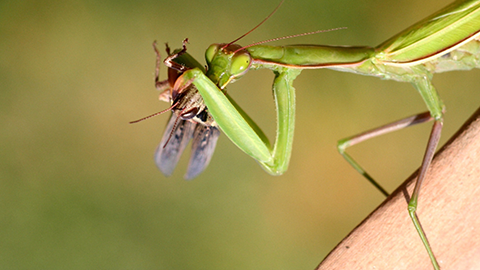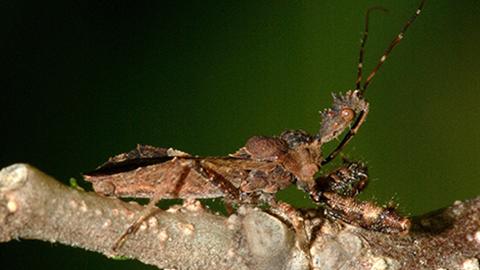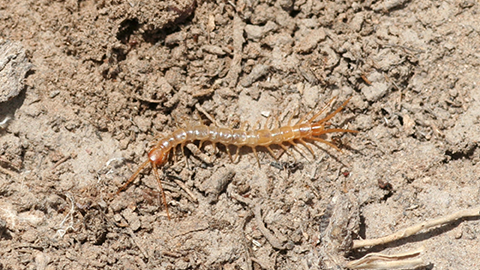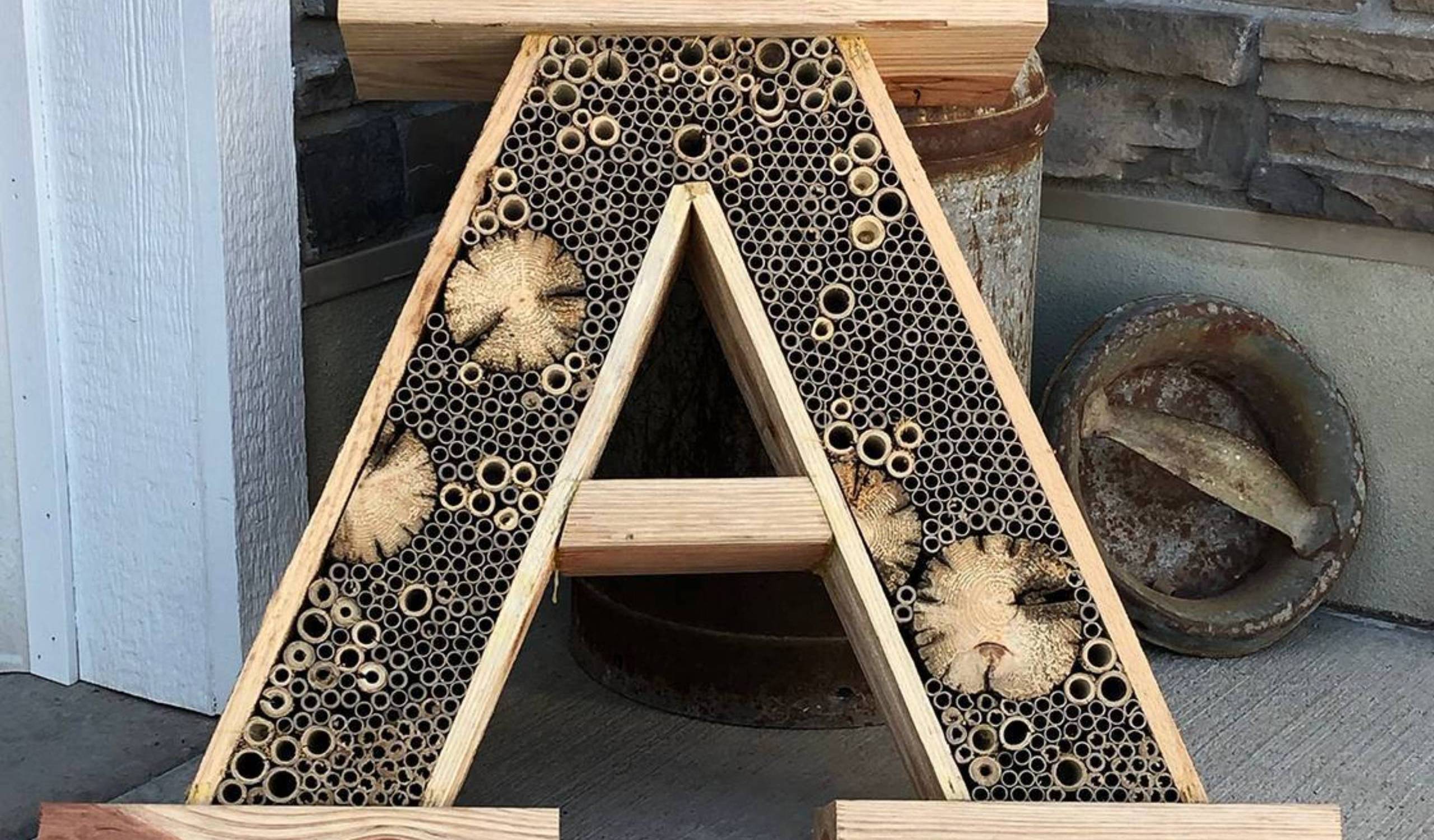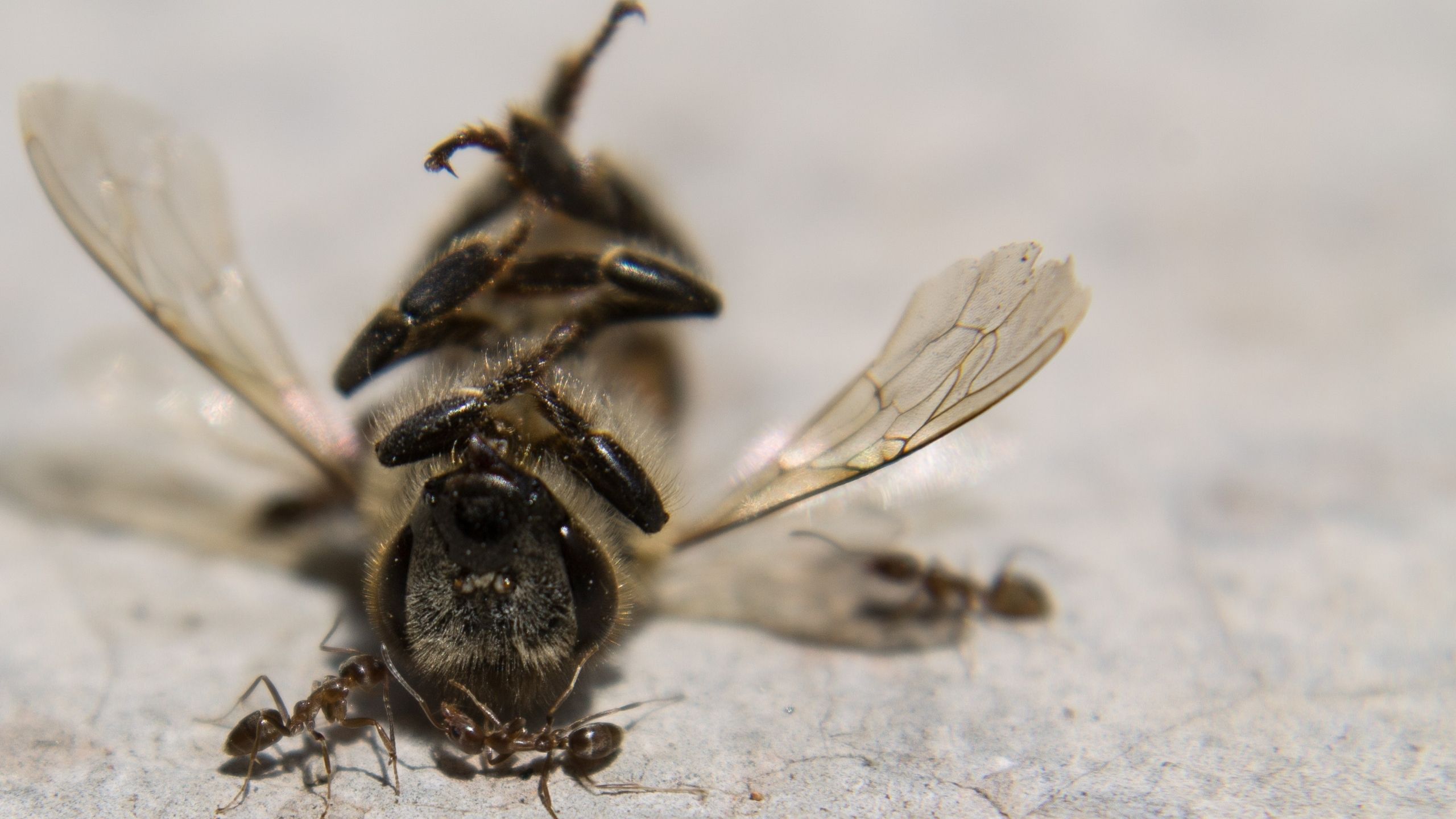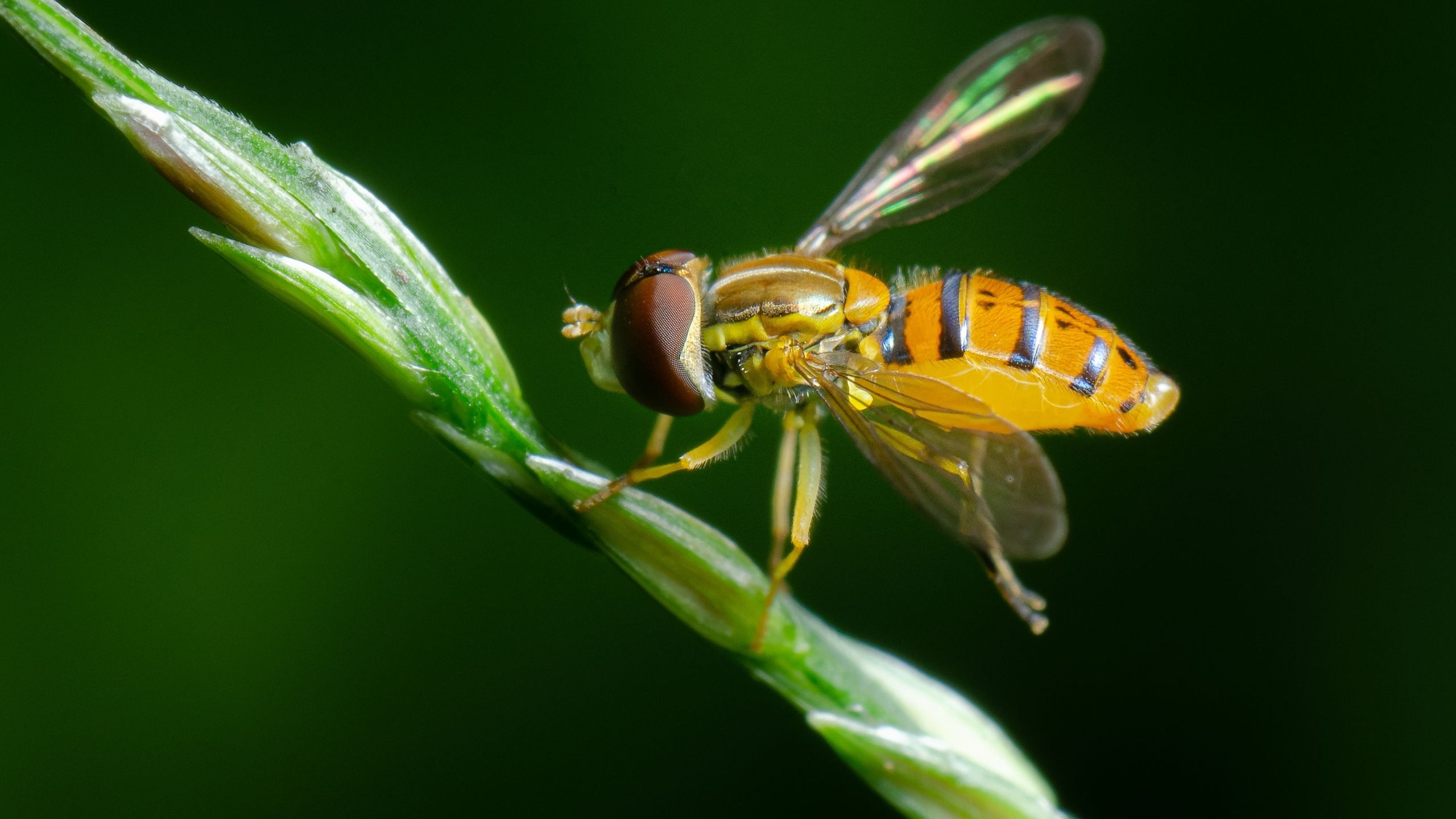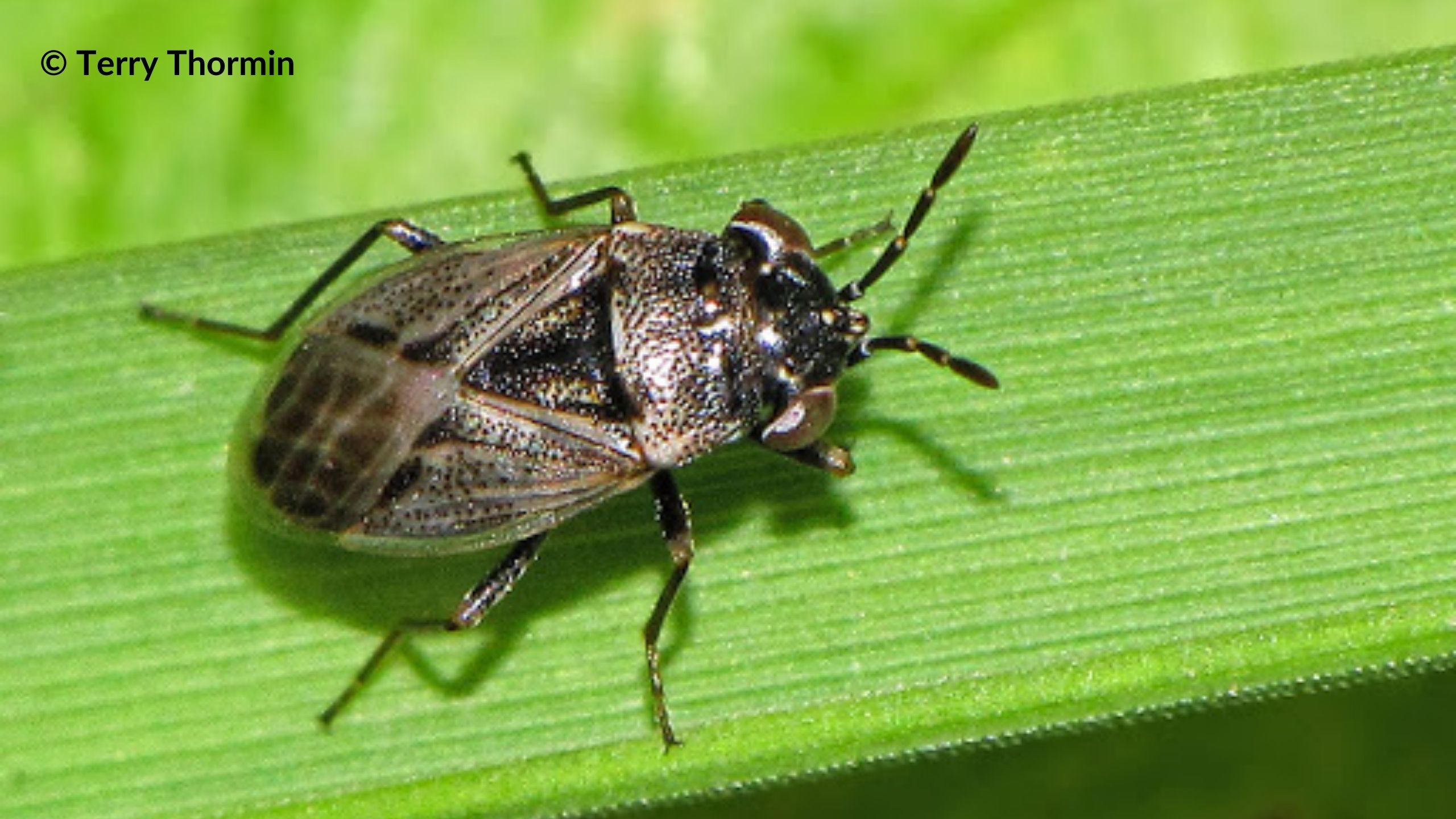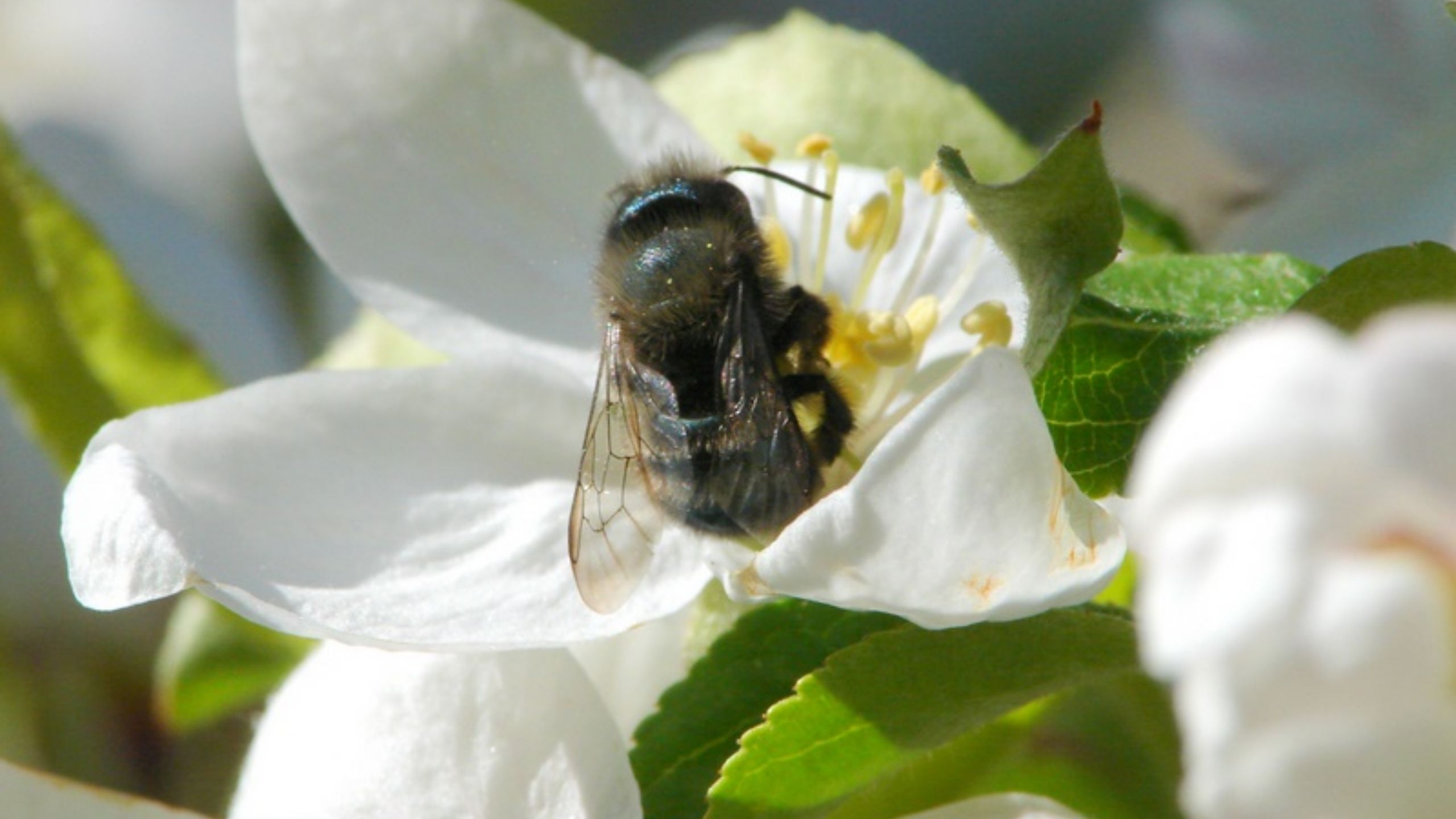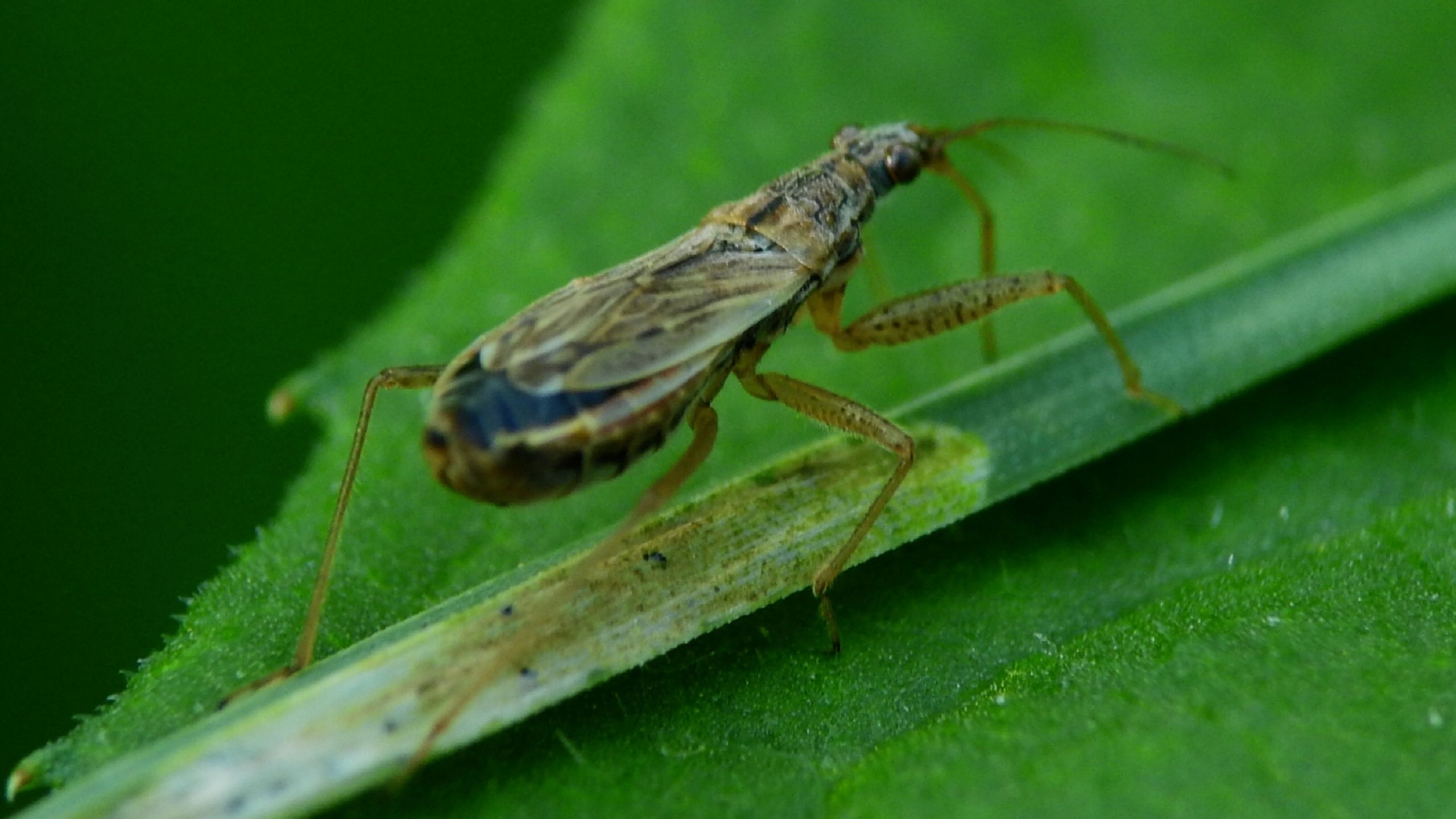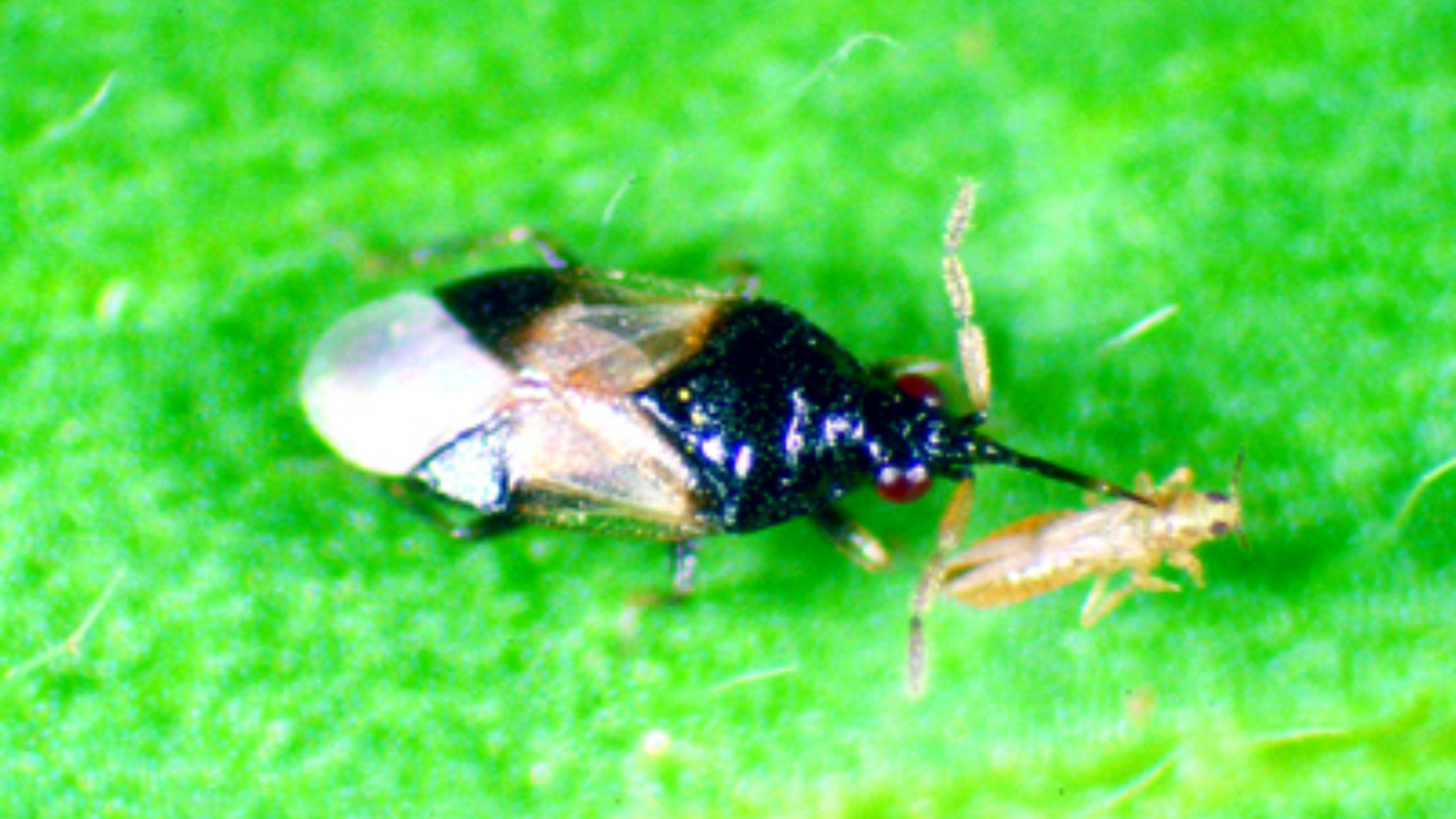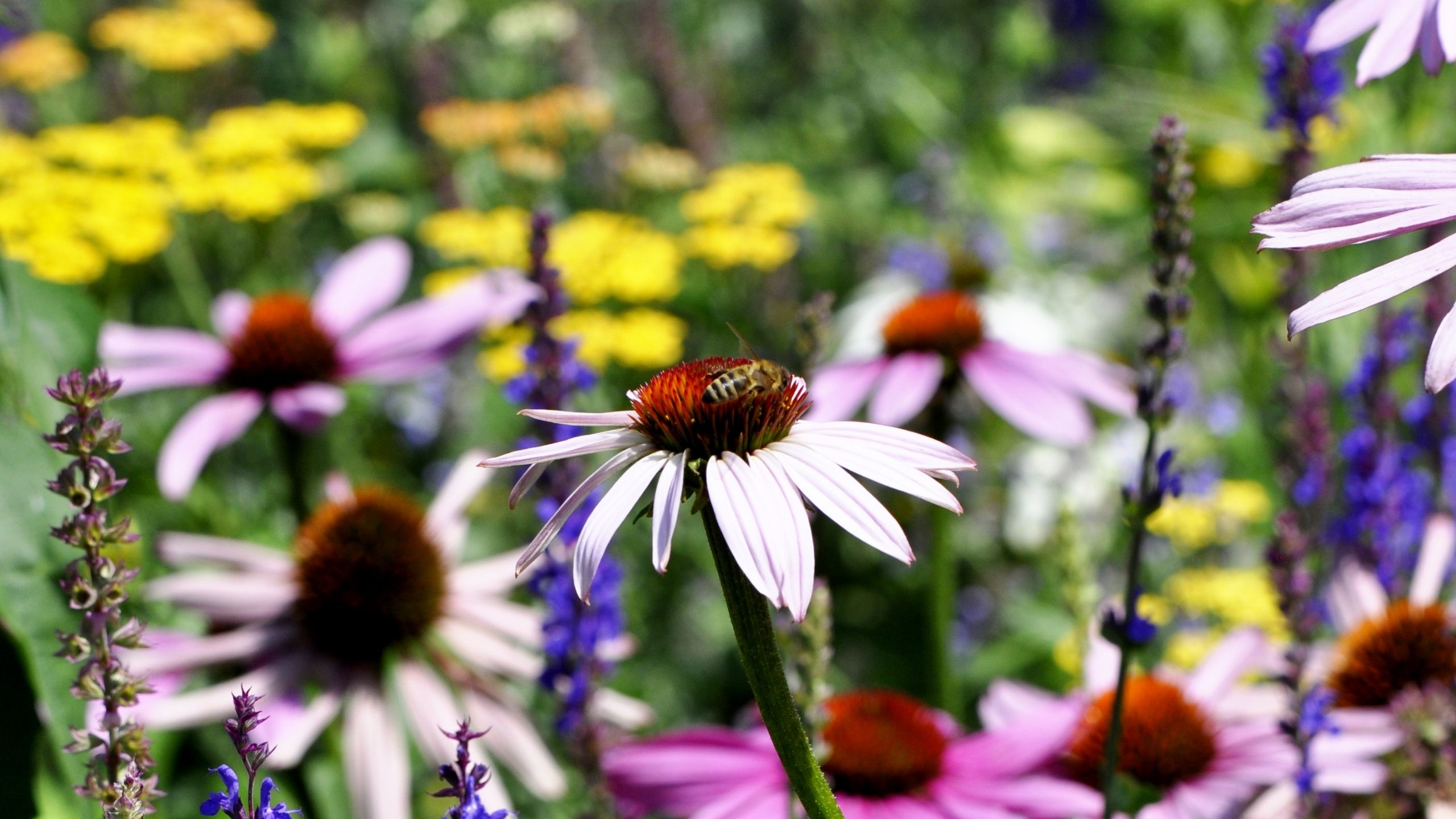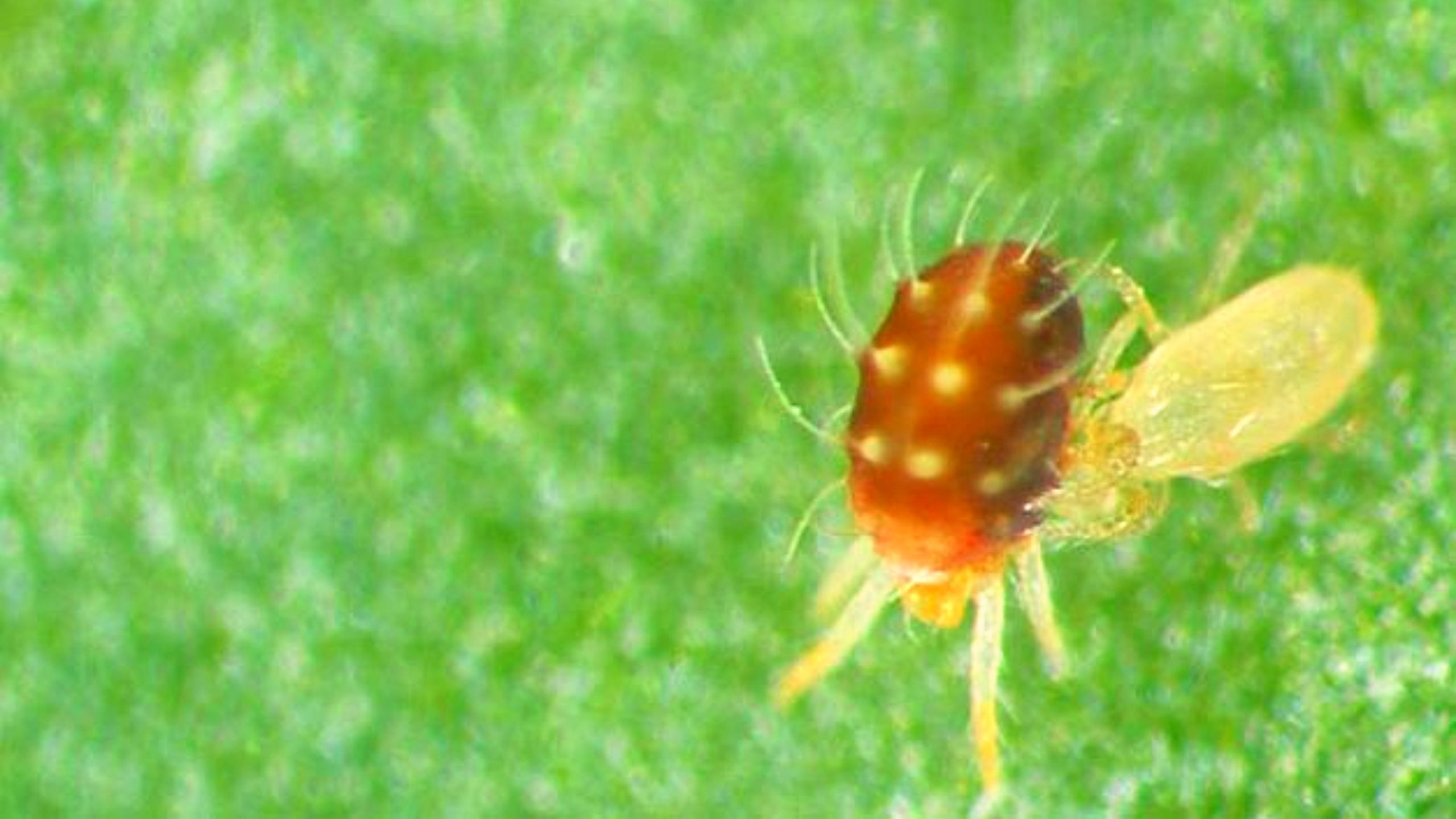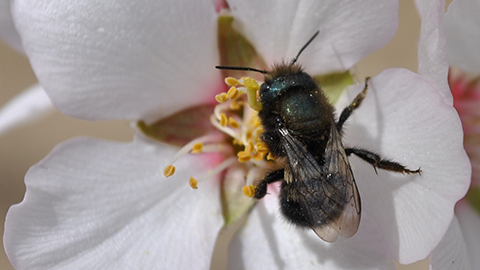Beneficial Insects: Beetles
November 2007
Erin W. Hodgson, Extension Entomology Specialist (No longer at USU) • Ron Patterson, Carbon County Extension (No longer at USU)
What You Should Know


- Many beetles are beneficial insects, either predatory on other insects or eating plants considered weeds.
- For certain widespread insect and weed problems, beetles are intentionally released for biological control.
- Sometimes beneficial beetles are mistaken for pests, and so distinguishing species is important for reducing treatment costs.
There are many beneficial beetles in Utah besides lady beetles or ladybugs. Beetles can significantly reduce common insect and weed problems and in some cases eliminate the need for chemical control. Examples of beneficial beetles include: ground beetles, rove beetles, tiger beetles and tortoise beetles. Many of these beetles are native to Utah, while others have been purposely introduced to help control damage from exotic insect and weed pests (Figs. 1, 2). As with most beneficial insects, there can be negative side effects or consequences associated with too many insects in a given area. But in general, beneficial beetles suppress persistent insect problems.

True Bug Life Cycle
Beetles belong in the largest insect order Coleoptera and go through complete metamorphosis (Fig. 3). Mated females lay football-shaped eggs, usually starting off nearly colorless, but eventually turning dark yellow or brown. Eggs hatch into mobile larvae; often larvae are the predatory life stage and will eat soft bodied insects like aphids. Larvae go through several molts before transforming into a resting pupae. Adults emerge from pupal cases with functional wings and reproductive organs. Adults can be carnivores or herbivores. The total development time to adulthood is dependant on the temperature and beetle species. Beetles typically have one generation per year, but some species can have three or more per year.
Ground Beetles
The ground beetles are a large group of predatory insects in the family Carabidae. Adults and larvae are considered beneficial and will eat almost any type of insect, including: caterpillars, root maggots, and other soil dwelling insects. There are more than 3,000 different kinds of ground beetles in North America and they range from 6-30 mm in length. Many will have a solid, shiny black body with hardened and ridged forewings (Figs. 4-6). Some ground beetles have a black body and iridescent red, purple or green markings on the forewings. Most ground beetles have a relatively long body, flattened head, threadlike antennae, and long legs. Sometimes adults can have enlarged mandibles for grasping prey. As the name suggests, adults prefer to run on the ground and rarely fly. In general, adults are actively hunting on the ground at night and hide under rocks or debris during the day.



(www.ipmimages.org).
Rove Beetles

Rove beetles are another large group of predatory insects. Rove beetles are in the family Staphylinidae and more than 3,000 different species are found in North America. Rove beetle adults and larvae are predators of other insects, but will also eat decaying vegetative matter. The adults are very easily distinguished from other beetles because they have shortened forewings that expose the end of the abdomen (Fig. 7). Although rove beetles can fly, the adults are more often seen running on the ground. Adults are shiny brown or black, have enlarged mandibles for grasping prey, and range in size from 2-20 mm in length. Rove beetles can be found under rocks or wood, or around mushrooms or other decaying vegetation. Some rove beetles display a defensive behavior, similar to scorpions when disturbed, of raising the abdomen in a defensive posture.
Blister Beetles
Blister beetles are in the family Meloidae, and more than 300 species are found in the U.S. A common species in Utah is the spotted blister beetle, Epicauta maculata. Often blister beetle adults will have obvious “shoulders” that are wider than the head. Adults are relatively soft bodied and long legged compared to other beetles (Figs. 8, 9). Blister beetle adults range from 12-19 mm in length; forewing coloration varies greatly between species. Larvae are considered the beneficial stage, often eating grasshopper eggs. Unfortunately, larvae and adults secrete cantharidin, a poisonous chemical that can blister skin or cause painful swelling. Blister beetles are of economic concern when they feed in alfalfa hay. Consumption of blister beetle larvae by cattle or horses can cause serious illness or death. Hay and forage fields that have significant blister beetle populations should be cut pre-bloom and/or avoid conditioning prior to baling.


Tiger Beetles
Another group of predatory insects are the tiger beetles in the family Cicindelidae. There are at least 200 species of tiger beetles in North America and they are closely related to the ground beetles. Adults and larvae are predatory and will consume almost any type of insect. Tiger beetle adults are often brightly colored metallic blue, green, or orange, and range from 10-20 mm in length (Figs. 10, 11). Adults have long legs and are quick runners. Tiger beetles are considered ambush feeders and will seize prey with powerful sickle-like mandibles. The S-shaped larvae construct vertical burrows in dry soil and wait for prey to fall inside. Tiger beetles have one generation per year and commonly hunt during the day in gardens, stream edges, forests and deserts.


Tortoise Beetles
Tortoise beetles are a distinctive group of leaf beetles in the family Chrysomelidae. There are 35 species of tortoise beetles in North America. Adults can be confused with lady beetles because of the turtlelike shape of the forewings (Figs. 12, 13). Adults range from 4-13 mm in length and often the head is completely concealed from above. Adults are metallic and very colorful, ranging from gold to green to yellow. The larval and adult stages eat common weeds, such as bindweed, thistle, horse nettle, and burdock. Sometimes tortoise beetles are considered pests because they also eat sweet potato, tomato, eggplant and a variety of hardwood trees. Two tortoise beetles are used for biological control of weeds: golden tortoise beetle, Metriona bicolor, on bindweed; and thistle tortoise beetle, Cassida rubiginosa, on musk thistle.


Other Beneficial Beetles
Two-spotted melyrid, Collops bipunctatus, is a soft-winged flower beetle in the family Melyridae (Fig. 14). The adult body is widest at the rear and the forewings are relatively soft compared to other beetles. The legs are slender and the antennae are sawtoothed. This beetle has a voracious appetite for aphids. Adults have an orange body with a dark green head and metallic green forewings. The orange “shoulders” have two dark spots.
Saltcedar leaf beetle, Diorhabda elongata, is a leaf beetle in the family Chrysomelidae (Fig. 15). This beetle is native to China, but was introduced into Utah to control saltcedar, or tamarisk. Adults are 5-7 mm long with alternating black and greenish stripes on the forewings. Both the adults and larvae are beneficial, eating saltcedar vegetation.


Thistle-head weevil, Rhinocyllus conicus, is a weevil in the family Curculionidae (Figs. 16, 17). This beetle is native to Europe, Africa and Asia, but was introduced into North America for biological control of musk (nodding) thistle. Adults are 10-15 mm long and are yellowish brown in color with a pronounced snout. Mated females lay eggs on the bracts of musk thistle flower buds. Larvae are the beneficial life stage, eating the developing thistle seeds.


Related Research


